Ask anyone about what needs to be improved in the north of Scotland and there is a huge chance they’ll mention roads.
The long-awaited A9 and A96 dualling campaigns, key routes being plagued by potholes and what to do about accident blackspots have all been discussed many times over a Highland dinner table.
It is a huge issue.
And for Police Scotland’s Highlands and Islands division, it’s one of their key priorities.
It’s clear that improvements don’t come cheap. And there isn’t a lot of spare cash to splash about these days.
But without these improvements, lives are at risk.
To mark Road Safety Awareness Week, we are taking a look at six of the worst stretches of road in the Highlands.
Leave a comment below and let us know what you think.
Munlochy junction, Black Isle
There is agreement from drivers and Transport Scotland that things need to change at Munlochy junction.
Three people have been killed in accidents there since December 2019.
In the decade prior to that, there were 29 crashes.
The problem has been growing steadily as traffic on the A9 heading towards Inverness increases.
As a result, people turning right from the A9 into the B9161 towards Munlochy have a difficult task.
In September 2020, almost one near-miss a minute was recorded by independent investigators tasked with assessing safety at the junction.
If you’ve ever watched people turning right across two busy lanes of rush-hour traffic, this won’t surprise you.
A Transport Scotland study is currently examining this stretch of road.
New lighting and a ban on right turns from the B9161 to the northbound A9 are two short-term measures that should help.
The study is continuing and local people are eagerly awaiting a new plan.
But the solutions that would really turn around this junction’s safety record – a roundabout, flyover or even traffic lights – don’t come cheap.
The A9 between Slochd and Newtonmore
Tragically, eight people, including a two-year-old toddler, have died on this 25-mile stretch of the A9 since July.
Three American tourists died in a single collision between a lorry and a car at the Newtonmore junction in August.
The incidents prompted fresh calls from political leaders for action to be taken in pushing forward the dualling of the entire 108-mile route.
Transport Scotland’s website still says the whole road will be dualled by 2025, despite just two of 11 sections being completed.
Along this stretch of road, the Black Mount junction towards Carrbridge and the two Aviemore junctions are just some that come with a warning.
The latest tragedies on the A9 have brought the need to dual it as soon as possible sharply back into focus.
The A82 between Drumnadrochit and Inverness
The sad fact is you could probably make a case for every stretch of the A82 between the Highland capital and Fort William.
It always seems to be either the A82 or the A9 being dubbed Scotland’s deadliest road.
Between 2016 and 2020, there were 387 accidents on the A82. And between 2010 and 2020, 50 people lost their lives on the route.
But unlike the A9, the A82 does not have an obvious solution in the pipeline.
Dualling will not prevent every accident, but it will make things safer.
The geography of the A82 makes that less practical, though campaigners have asked for Transport Scotland to explore adding more overtaking lanes.
As for the Drumnadrochit to Inverness stretch, consider the tourist season for a moment.
The road is jammed with tour buses heading to Loch Ness, lorries travelling at 40mph, people in a hurry and blind bends aplenty.
Those factors, sadly, have proven to be a deadly mix too many times.
Berriedale Braes, Caithness
A hairpin bend on the main route to the far north, what could possibly go wrong?
Thankfully, the worst days of the Berriedale Braes are now behind us.
And all it cost was £9.6m.
The revamp at this part of the A9 ought to merit its exclusion from this list but it’s worth a mention to offer some hope that things can change.
Prior to the project, the road dropped steeply before rising again with a number of sharp bends.
That made it a magnet for jack-knifing lorries. The resulting road blockage caused a headache for anyone trying to get to or from Wick and Thurso.
Tragically, lives have been lost on the braes too.
Improved road alignment, which removed an existing hairpin bend, has made a difference to journey times while increasing safety.
Tain junctions, Easter Ross
Once again, you could comfortably make an argument to badge this as on or near the A9 between the Cromarty Bridge and Tain.
The junction at Skiach services is scenic enough, sat across from the Cromarty Firth.
But a quick look at the accident record suggests you really need to have your wits about you.
Further north, the two junctions at Tain are the subject of an ongoing Transport Scotland study.
There were 30 accidents recorded at the two blackspots between 2015 and 2021.
A new order to reduce the speed limit to 50mph on the approach to the town came into force last year.
Inshes roundabout, Inverness
If you’re looking for Inverness roundabouts that drive motorists up the wall, you’re not short on options.
The Longman, Harbour Road and Shore Street roundabouts all have their detractors and are located along the same stretch of the A82.
But it’s the Inshes roundabout on the other side of Inverness that seems to attract the most ire these days.
With its wacky road markings, six exits and the fact that 13,000 people work on its doorstep, it has become a byword for bottlenecks.
And it has been looming large on Highland Council’s to-do list for some time now.
A long-running improvement plan has spent more than eight years in the pipeline.
Last year, a proposal was finally approved to reduce the number of exits from six to four.
However, transport planners themselves have admitted that there is no perfect solution.
The cash needed to bulldoze it and start again looks unlikely to appear.
Until then, we’re stuck with it.
What is Road Safety Week?
Road Safety Week is an annual campaign by the charity Brake.
It gives people an opportunity to remember those who were killed or injured on UK roads.
Brake believes that every death and injury on our roads is preventable.
The campaign begins today and runs until November 20.
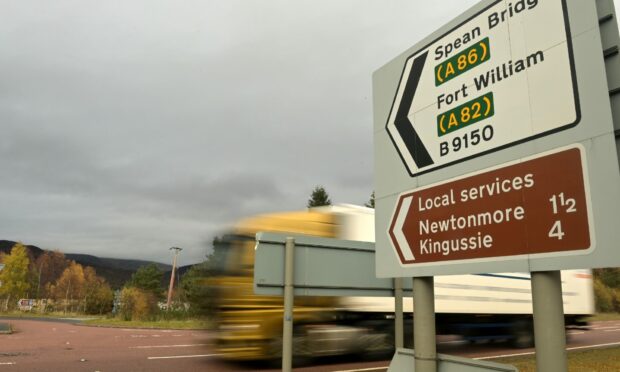
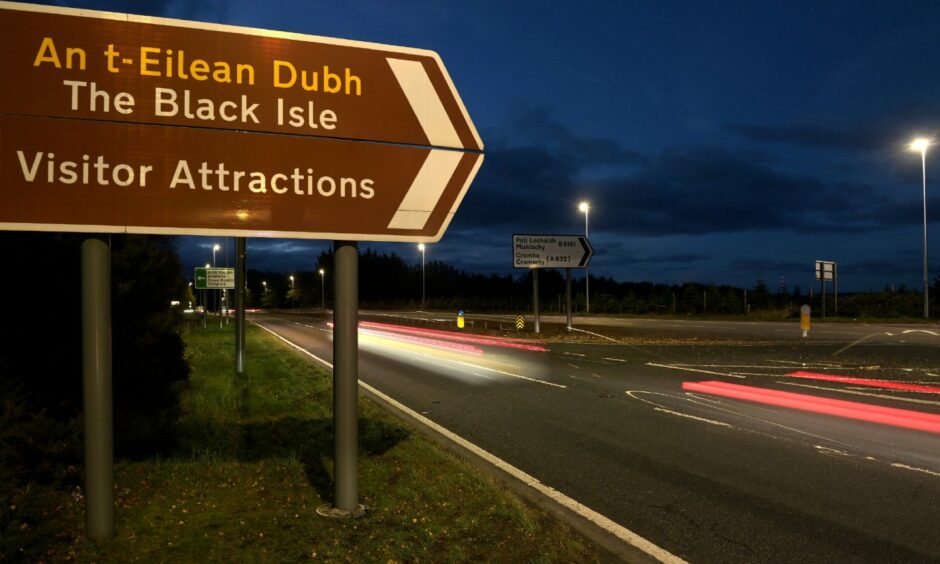
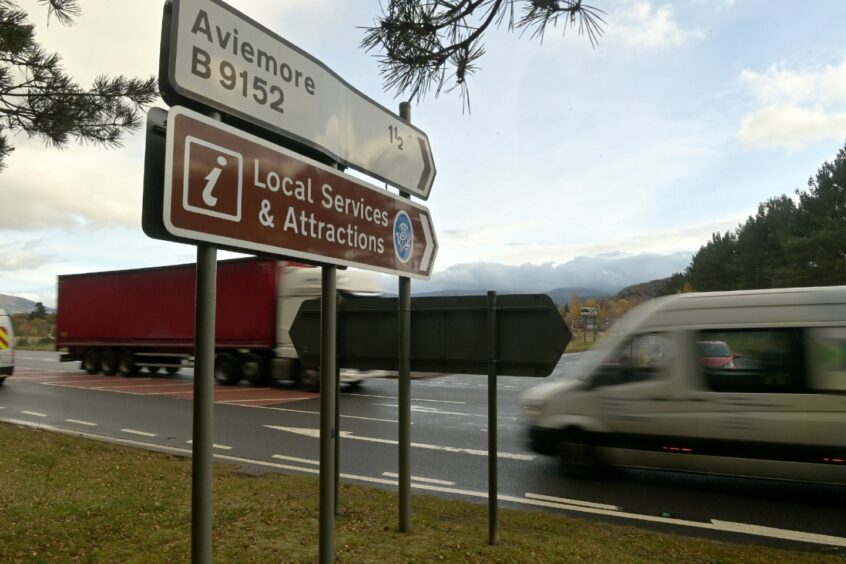
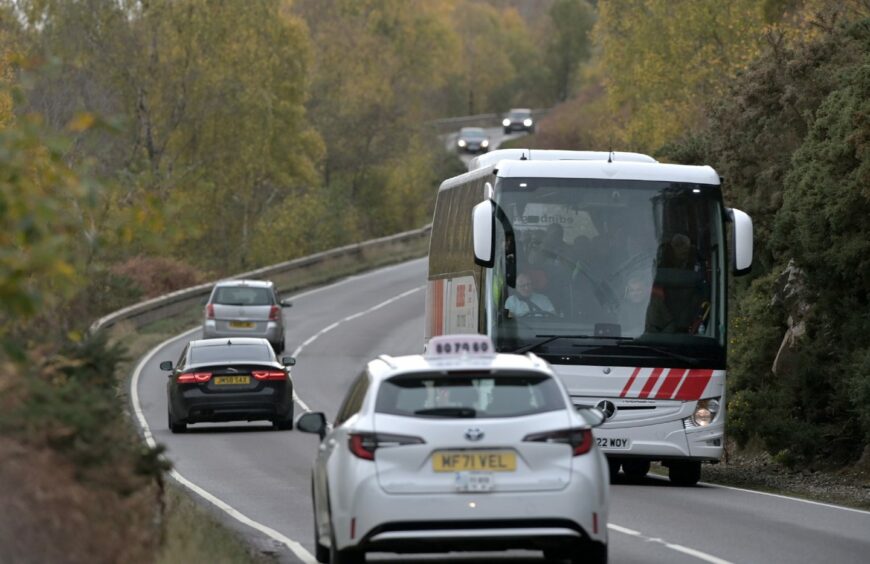
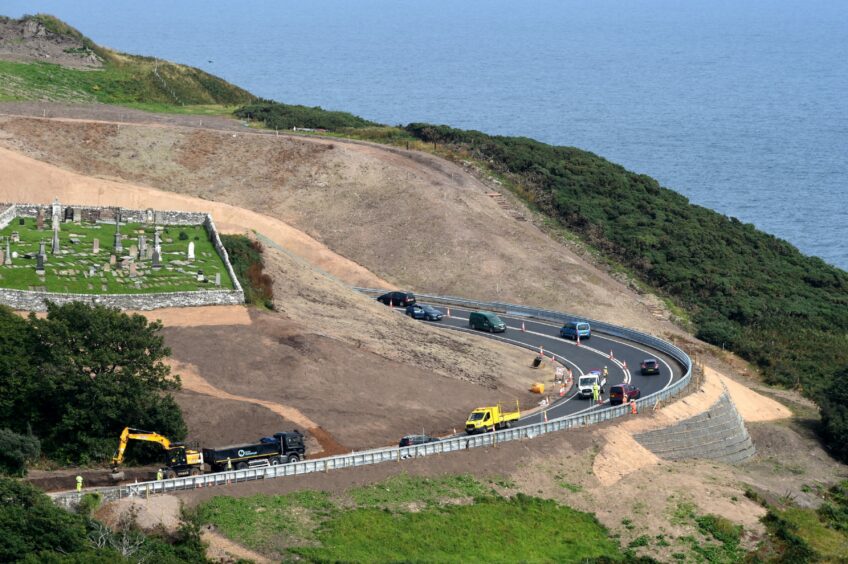
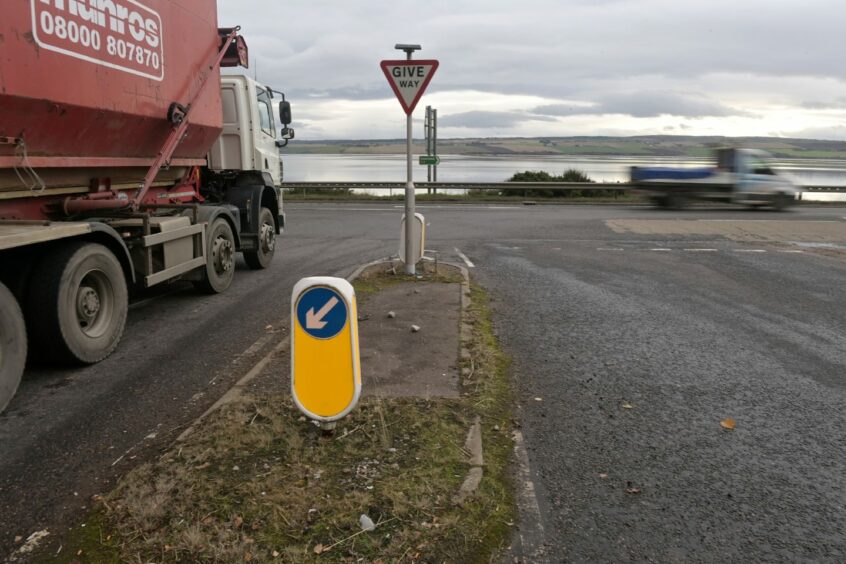
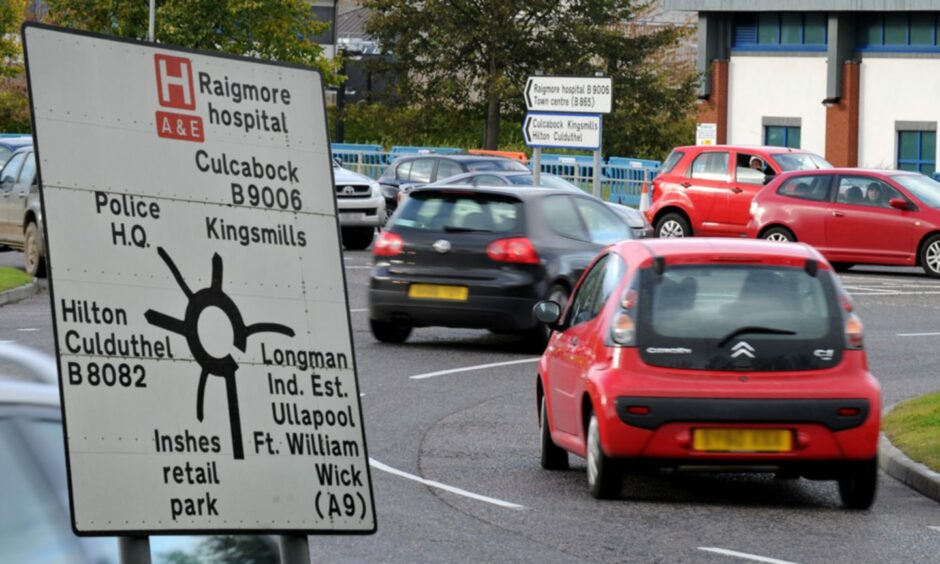
Conversation